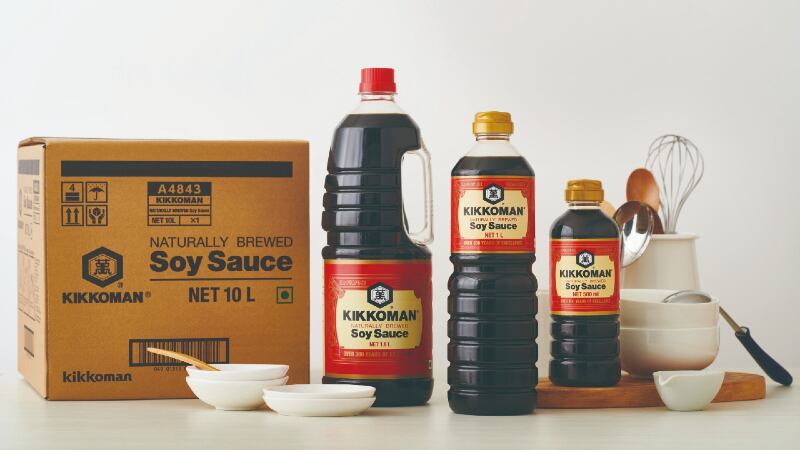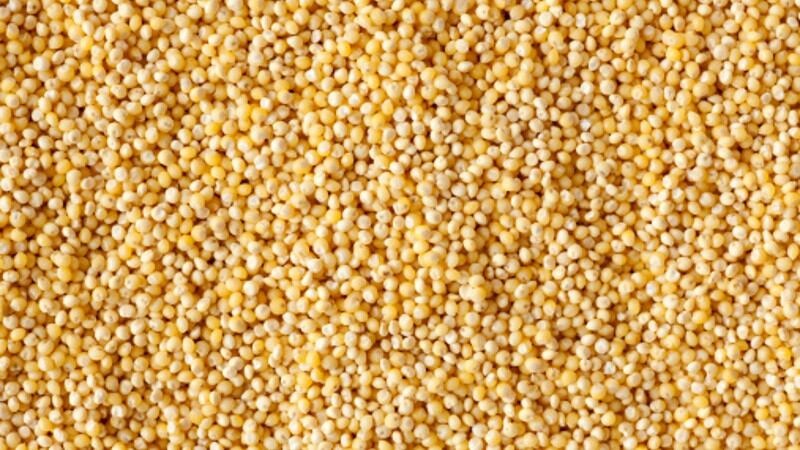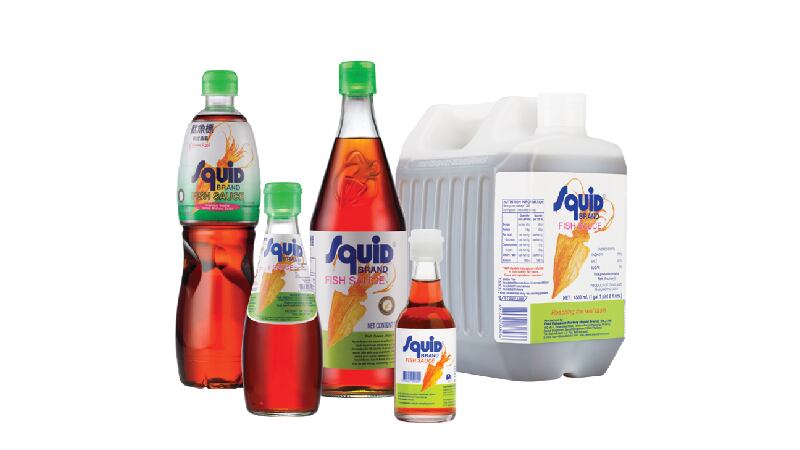Kikkoman India was established in September 2020 and the brand’s signature Soy Sauce was launched in February the following year.
According to Harry Hakuei Kosato, India Representative and Director at Kikkoman India, the brand “had long been eyeing” the market for its large population and growth potential.
“We had believed that India, with its rich history and complex food culture, would be a more difficult market for Kikkoman Soy Sauce to penetrate than in other regions.
“However, with India’s economic growth in recent years, local consumers have started adopting foreign cuisines and its food culture has begun to diversify. Based on our research, we also found that Chinese and Asian cuisines are getting popular and increasingly prepared in Indian homes, especially in urban areas,” Kosato told FoodNavigator-Asia.
In the initial phase, Kikkoman India is focused on the Horeca sector, in particular Chinese and Asian restaurants, which the firm thinks holds opportunities for more people to try its soy sauce.
“Kikkoman Soy Sauce is known around the world as an all-purpose seasoning. It can be used not only in Japanese cuisine, but also in many others such as Chinese, Western and Indian.
When we suggest chefs at Chinese restaurants in India to use our soy sauce, they often say, ‘it is a soy sauce for sushi’, but we are starting to change this perception little by little.”
For instance, a Chinese restaurant chain with 46 outlets in India have switched to Kikkoman Soy Sauce. Chefs in renowned restaurants, such as Chungwa and Zen in Delhi, and Sampan in Mumbai, have also adopted the seasoning for their dishes.
“By enlisting the support of India’s top chefs, it is crucial for solidifying Kikkoman’s position as the preferred soy sauce brand for professionals. We believe that Kikkoman Soy Sauce will continue to gain high acceptance in the Indian market because of its quality and taste, and the flexibility to be applied to a wide range of dishes.
“In the long term, we seek to promote our soy sauce as a natural fit for Indian food as well, by showcasing to local consumers how versatile it is,” Kosato added.
Aiming for the top
Kikkoman Soy Sauce is produced by the “Honjozo” method, a fermentation process using natural microorganisms that is similar to wine-making.
The soy sauce is made with soybeans, wheat, salt, and water, and brewed over a long period. It is said that more than 300 aromatic and umami components are created during the process.
“Characterised by a clear reddish-brown colour, it makes the most of a variety of ingredients and brings out the individuality of each dish.”
Currently, Kikkoman does not have a production plant in India.
Its Soy Sauce is produced in Japan and exported to India, where the products are delivered to food service and retail partners via the brand’s distributors in each city.
At the moment, the soy sauce is available at selected local supermarkets and e-commerce platforms, including Nature’s Basket, Amazon, Flipkart, and JioMart.
“Asian cuisines in India, especially Indian-Chinese, are expected to grow significantly in the future. We are certain that it will become quite a large market, and we aim to be the number one brand in the Asian sauces category.
“As Chinese food is widely accepted among Indian consumers, we will use it as a key driver for our brand building. Through our marketing activities, we are also working towards broader application of Kikkoman Soy Sauce in Indian cuisine,” Kosato reiterated.





